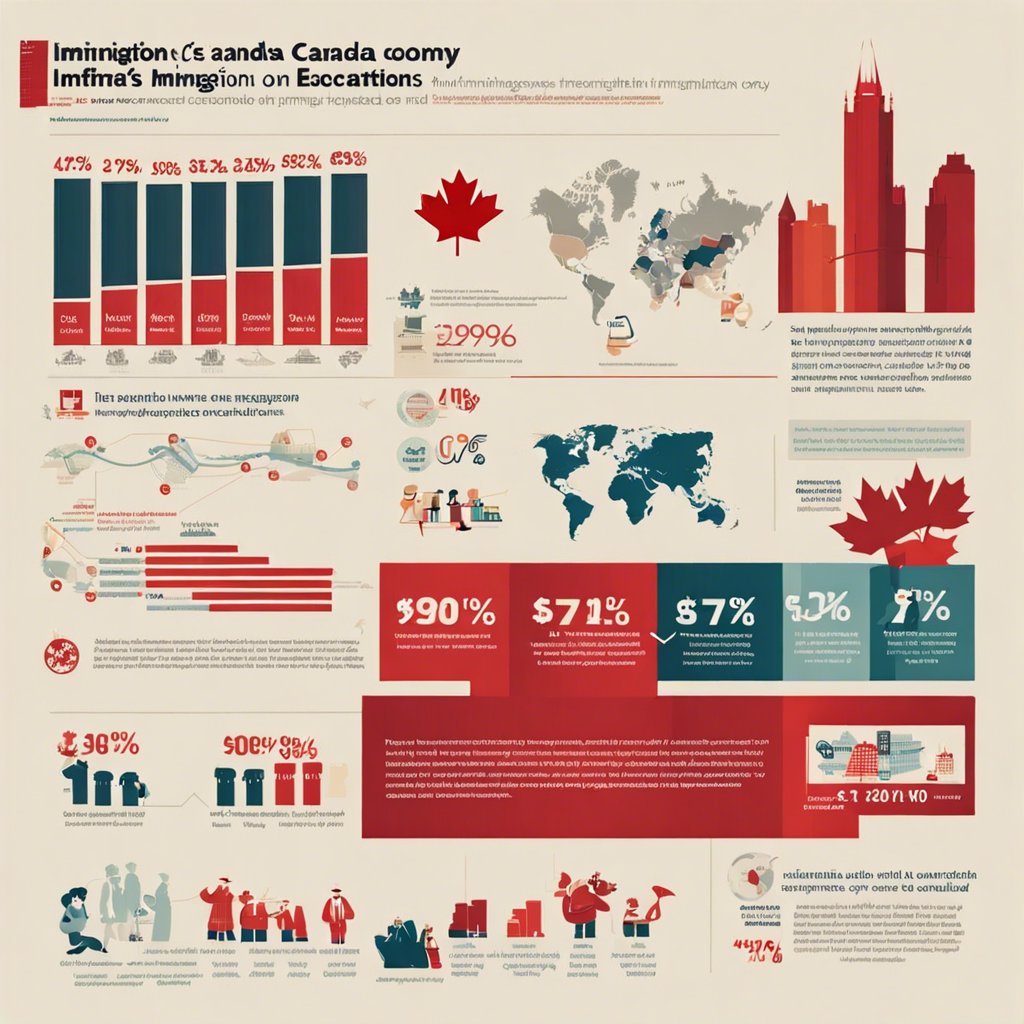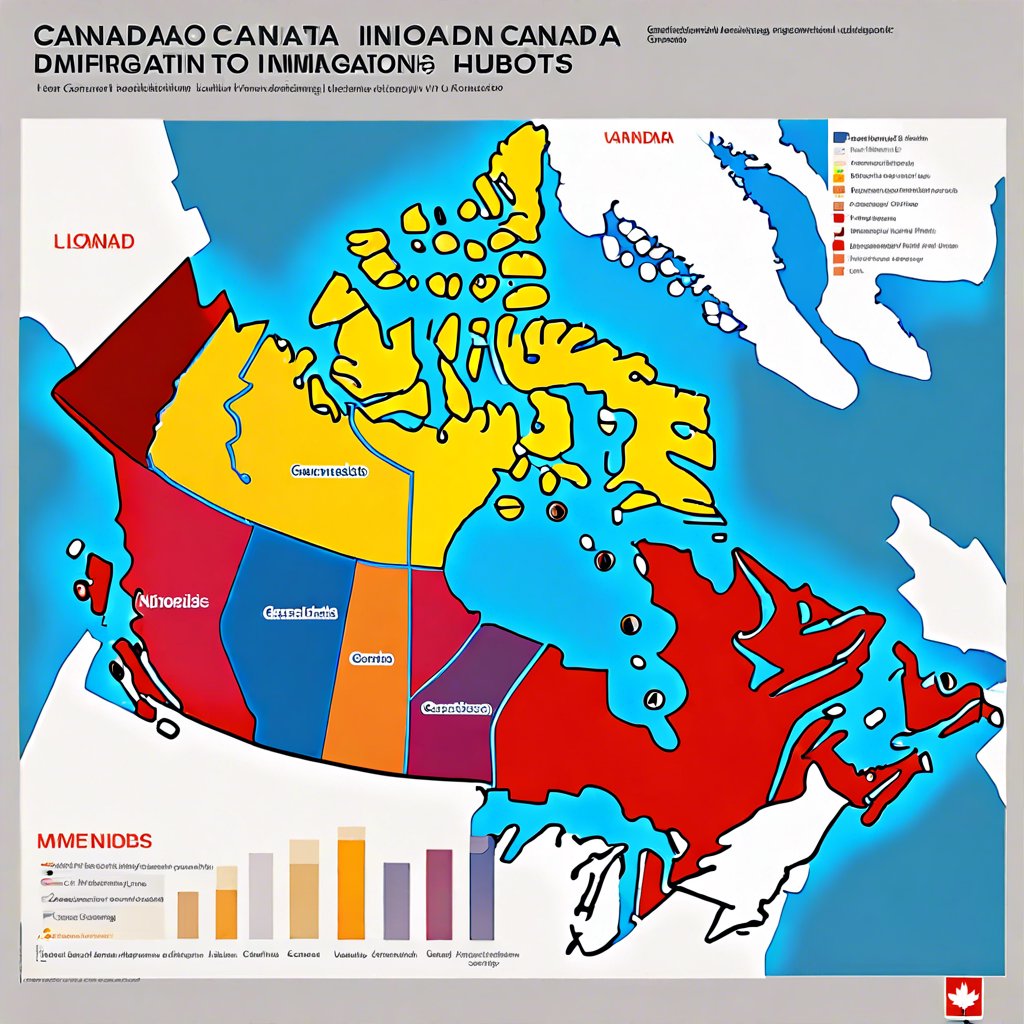To simplify the complex concept of labor economy for his university students, Mikal Skuterud often presents them with a fundamental question: Would they rather graduate into a job market with a scarcity of jobs or a scarcity of workers?
When faced with this question, most students opt for a scenario where workers are scarce. In such a situation, workers can enjoy the benefits of a competitive job market where employers strive to attract them through various incentives such as higher wages. However, the extent of this advantage can vary across different industries, according to Professor Skuterud, a labor economist at the University of Waterloo in Ontario, specializing in immigration.
Professor Skuterud noted that labor economists view labor shortages not as a primary economic issue that governments must resolve, but rather as a positive outcome for workers and job seekers.
Canada, as a country, is actively working to address its labor shortages by welcoming foreign workers. The government has committed to attracting 1.45 million immigrants between 2023 and 2025. This initiative, announced two years ago, is considered crucial for Canada’s future prosperity and its capacity to sustain public services.
Historically, Canada’s immigration policy has focused on attracting highly skilled workers. The country’s geographic location, relatively isolated from regions experiencing mass emigration, allows it to be selective about the immigrants it welcomes in the future.


















